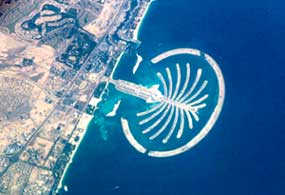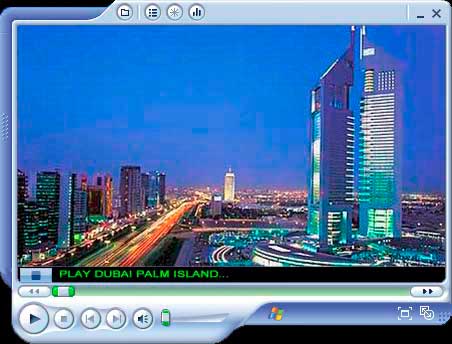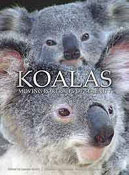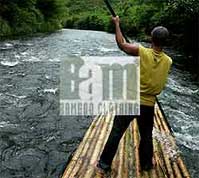Goodbye Dubai
Dubai, part of the UAE, lies on the western edge of the Arabian Sea. About the size of Rhode Island, Dubai is the wealthiest of the Arab Emerates holding an estimated 10% of the world's oil reserves. Dubai is perhaps the most neutral, politically, of all the Arab nations having established close ties with governments, industry and people from many nations and they have cultivated an unusual tolerance of booze, recreational drugs, halter tops, and other foreign vices formally proscribed by Islamic law.
In 2000 the hereditary leader of this small emirate Sheikh Mohammed bin Rashid al-Maktoum otherwise known as Sheik “Mo” determined the stage for his country’s financial future by embarking on a 6 year building program to turn Dubai into the vacation Mecca of the world. His plan: to recreate the Dubai’s 44 mile long coast line of white sand beach and azure seas into over 1200 miles of luxury residential and commercial beach front property, hotels, resorts and even a "Trump" card or two; a kind of amalgam of Disney-esque entertainment and an Emerald City/Vegas-style/Blade Runner vision of the future. The shear magnitude of the project would strain engineering and financial resources beyond everyone’s imagination, but the project begun in 2001 is nearing completion in 2006 and has spawned 3 sister projects which together are sometimes called the 8th wonder of the world.
 Utilizing enough rock and boulders to build 3 Great Pyramids and sand mined from the bottom of the Arabian sea engineers have built the first of 4 man made islands, The Palm Jumeirah off the coast of Dubai. Environmentalists have been watching closely and with some trepidation, concerned about the long term affect on the surrounding sea life as well as the impact on the existing coast line, ocean currents and weather pattern changes that they fear will result from such a massive construction project. Dubai officials largely discount those concerns and have employed some measure of control and environmental monitoring to ensure that the eco system remains intact.
Utilizing enough rock and boulders to build 3 Great Pyramids and sand mined from the bottom of the Arabian sea engineers have built the first of 4 man made islands, The Palm Jumeirah off the coast of Dubai. Environmentalists have been watching closely and with some trepidation, concerned about the long term affect on the surrounding sea life as well as the impact on the existing coast line, ocean currents and weather pattern changes that they fear will result from such a massive construction project. Dubai officials largely discount those concerns and have employed some measure of control and environmental monitoring to ensure that the eco system remains intact. Recently biologists conducting a survey of the waters surrounding the 5 mile wide break reported that in fact the construction seems to have been a boon to fish populations who have moved into the artificial reef. Modifications to the initial surrounding water break include channels cut through to the interior lagoon to allow natural cross currents and reduce wave building action. Finally project designers made one crucial decision that perhaps more than any single choice determined the success or failure of the project; their decision to use only natural materials for the foundation: rock and sand, may be the crucial pin upon which pivots the future of these man made islands.
It remains to be seen if this technology will become the standard for future construction off the ocean’s shorelines or will climate change and rising sea levels bring a quick demise to this expensive experiment.



1:08 PM










<< Home